For several generations, AMD has been striving to compete with Nvidia at the high end of the graphics card market. With the launch of the AMD Radeon RX 9070 XT, AMD has strategically positioned itself not to challenge Nvidia's ultra-high-end RTX 5090, but to offer an exceptional graphics card for the majority of gamers. Priced at $599, the RX 9070 XT goes head-to-head with the $749 GeForce RTX 5070 Ti, making it one of the most compelling GPUs available today. AMD enhances its value proposition with the introduction of FSR 4, marking the first time AI upscaling technology has been integrated into an AMD graphics card. This feature makes the RX 9070 XT an ideal choice for 4K gaming, especially for those not looking to spend $1,999 on the RTX 5090.
Purchasing Guide
The AMD Radeon RX 9070 XT will be available starting March 6, with a base price of $599. However, be aware that prices may vary as third-party cards could be priced higher. Aim to purchase one for under $699 to get the best value.
AMD Radeon RX 9070 XT – Photos

 4 Images
4 Images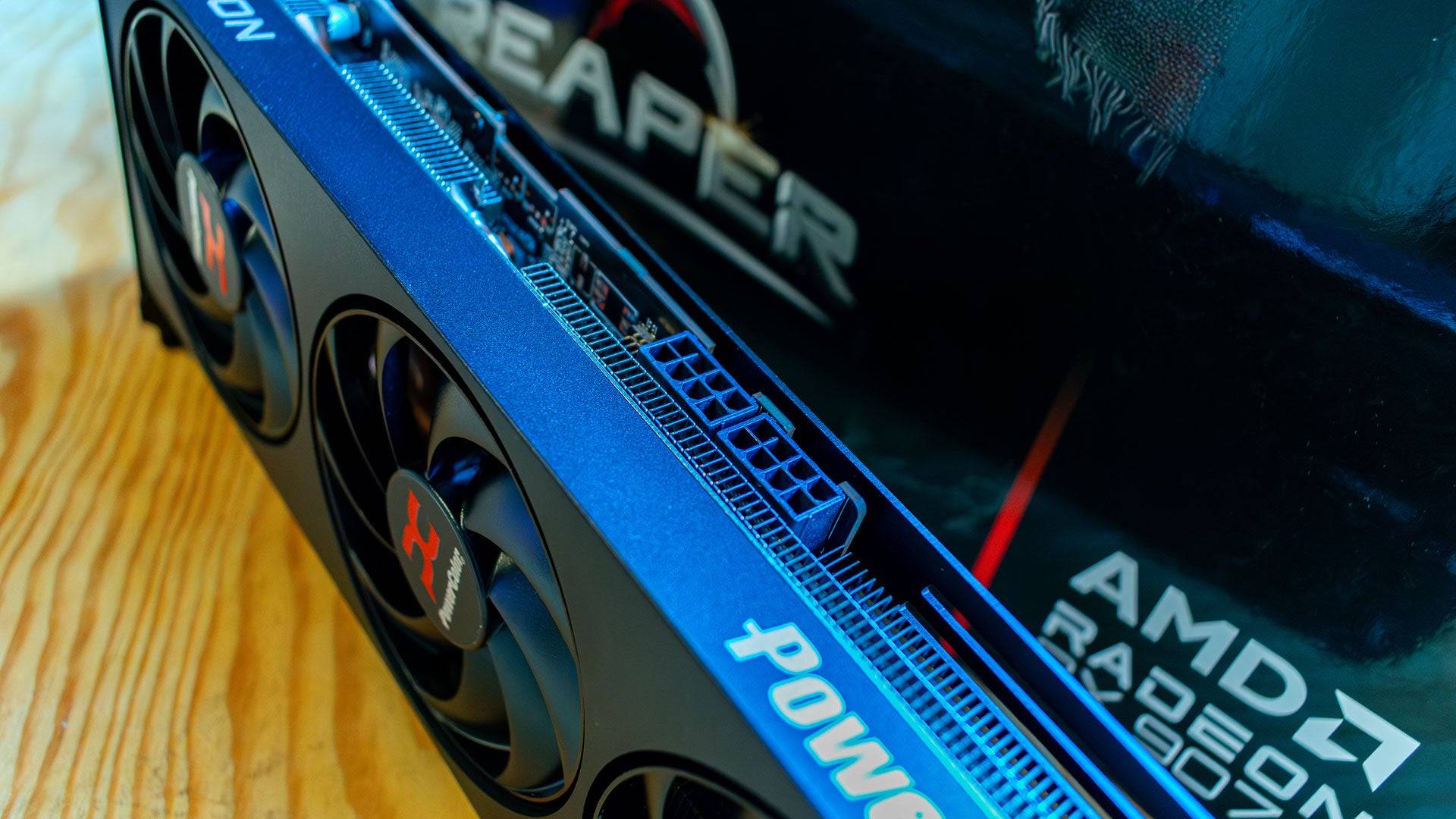
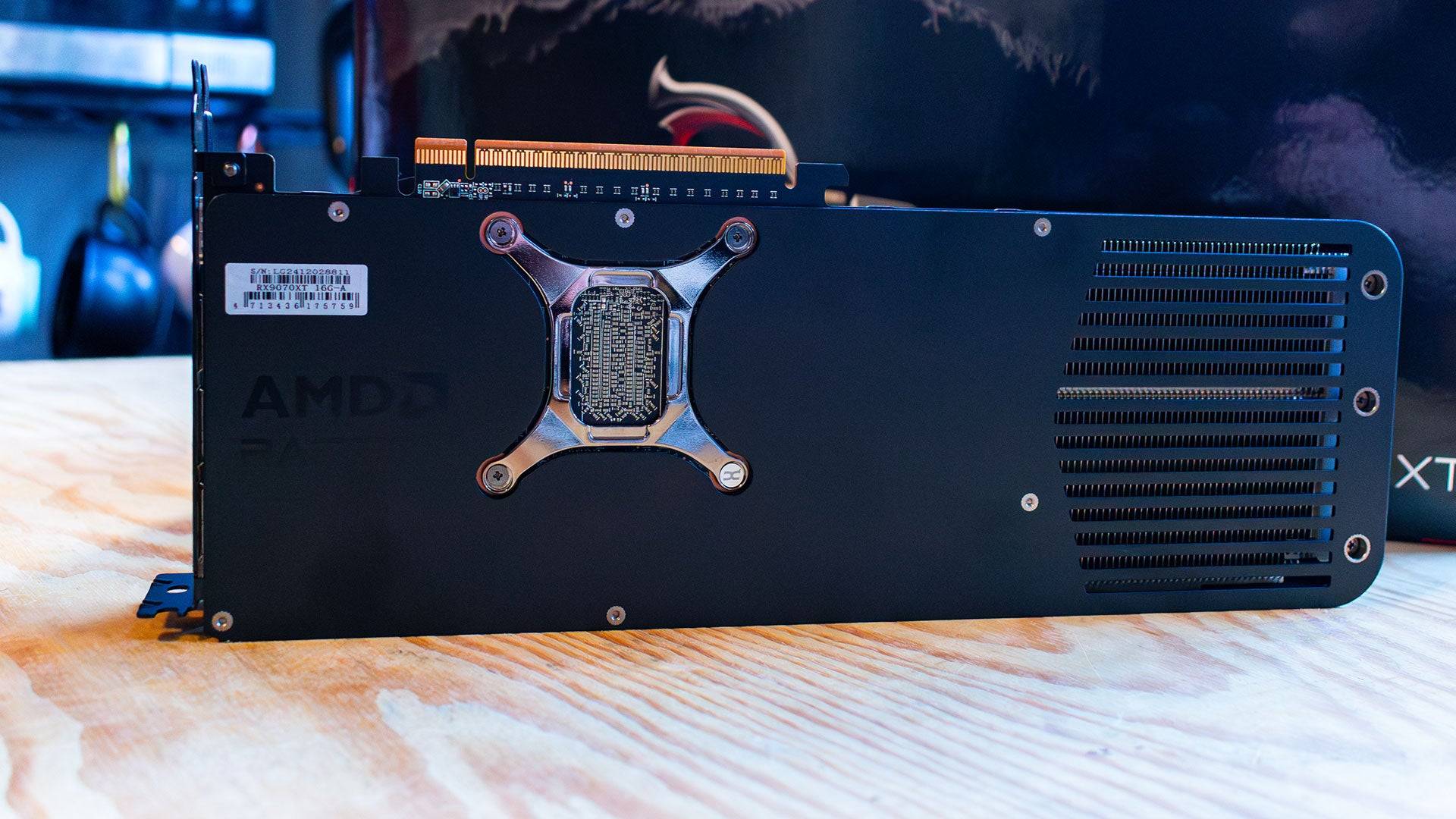
Specs and Features
Built on the RDNA 4 architecture, the AMD Radeon RX 9070 XT showcases significant advancements in its shader cores, but the standout features are its new RT and AI Accelerators. The AI Accelerators are pivotal in powering FidelityFX Super Resolution 4 (FSR 4), AMD's first foray into AI upscaling. While FSR 4 may not boost frame rates beyond the capabilities of FSR 3.1, it significantly enhances image quality. Users seeking higher frame rates can easily disable FSR 4 through the Adrenalin software.
AMD has also optimized the performance of the shader cores in the RX 9070 XT. Despite having fewer Compute Units (64) than its predecessor, the Radeon RX 7900 XT (84), the RX 9070 XT delivers a substantial generational leap at a lower launch price. Each Compute Unit contains 64 Streaming Multiprocessors, totaling 4,096, along with 64 ray accelerators and 128 AI accelerators.
However, the RX 9070 XT comes with 16GB of GDDR6 memory on a 256-bit bus, a reduction from the RX 7900 XT's 20GB on a 320-bit bus. This downgrade affects both memory capacity and bandwidth, but it remains sufficient for most 4K gaming experiences.
Despite being more efficient, the RX 9070 XT has a slightly higher power budget than the RX 7900 XT, requiring 304W compared to 300W. In testing, the RX 7900 XT consumed more power, peaking at 314W, while the RX 9070 XT reached 306W.
AMD has opted not to release a reference design for the RX 9070 XT, relying instead on third-party manufacturers. The Powercolor Radeon RX 9070 XT Reaper, with its compact triple-fan design, effectively maintained temperatures at 72°C during testing.
The RX 9070 XT uses standard power connectors, requiring two 8-pin PCI-E connectors, and recommends a 700W power supply. It features three DisplayPort 2.1a and one HDMI 2.1b port, aligning with expectations for a modern graphics card. However, the inclusion of a USB-C port would have provided additional versatility.

FSR 4
AMD has long needed a competitive AI upscaling solution to rival Nvidia's DLSS. While previous versions of FidelityFX Super Resolution delivered performance, they struggled with image quality issues. The RX 9070 XT introduces FSR 4, powered by AI accelerators, to address these concerns.
FSR 4, like DLSS, uses AI to analyze previous frames and game engine data to upscale lower-resolution images to native resolution. The result is a noticeable improvement over FSR 3, albeit with a slight performance hit. In Call of Duty: Black Ops 6 at 4K Extreme settings, the RX 9070 XT achieved 134 fps with FSR 3.1, dropping to 121 fps with FSR 4. Similarly, in Monster Hunter Wilds, performance dropped from 94 fps to 78 fps when switching from FSR 3 to FSR 4.
Despite the performance drop, the enhanced image quality, particularly in detailed elements like grass and text, is a significant advantage for single-player gamers prioritizing visual fidelity. FSR 4 is an opt-in feature, easily toggled off in the Adrenalin software if users prefer the performance of FSR 3.1.
AMD Radeon RX 9070 XT & 9070 – Benchmarks
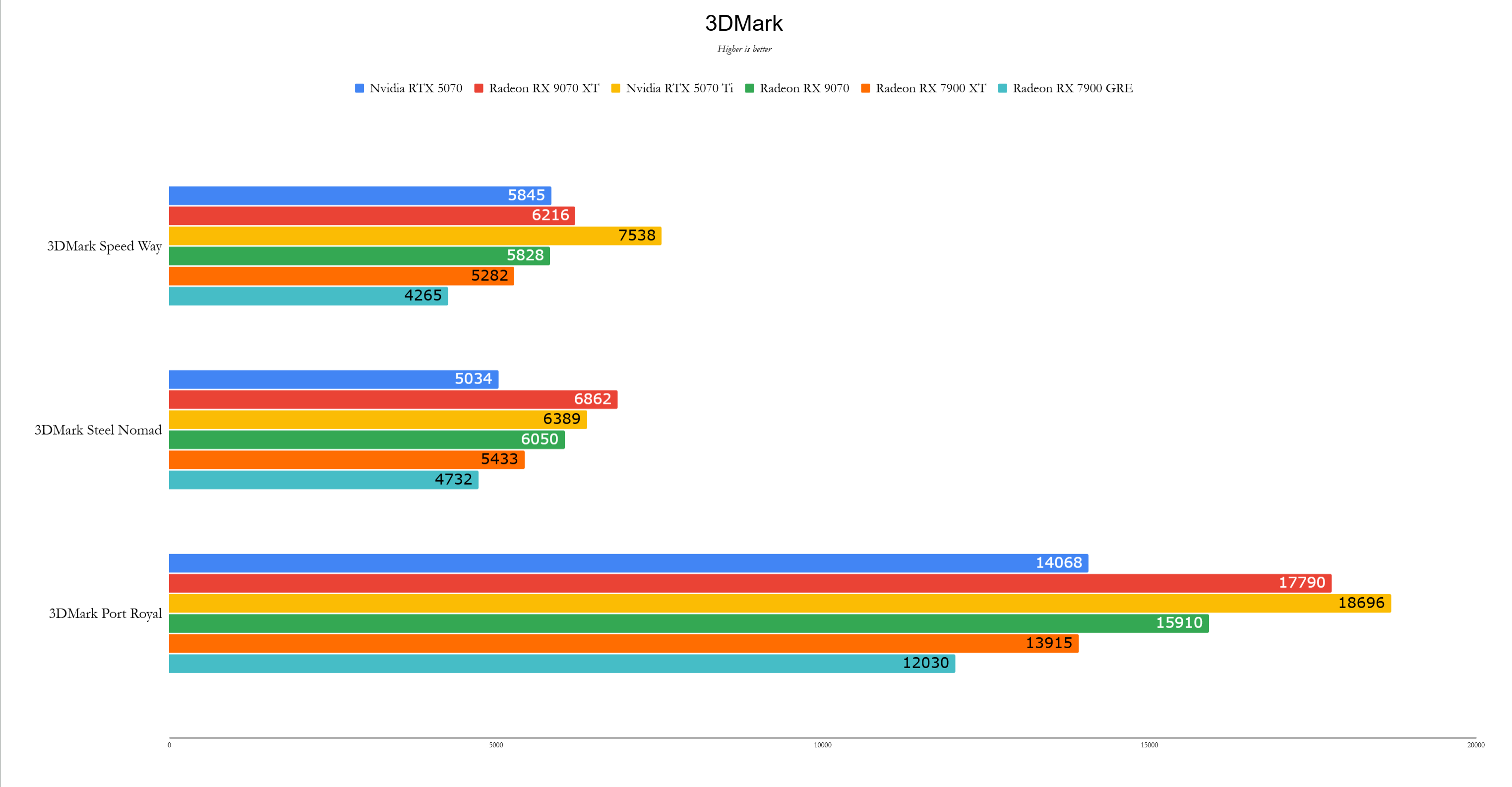
 11 Images
11 Images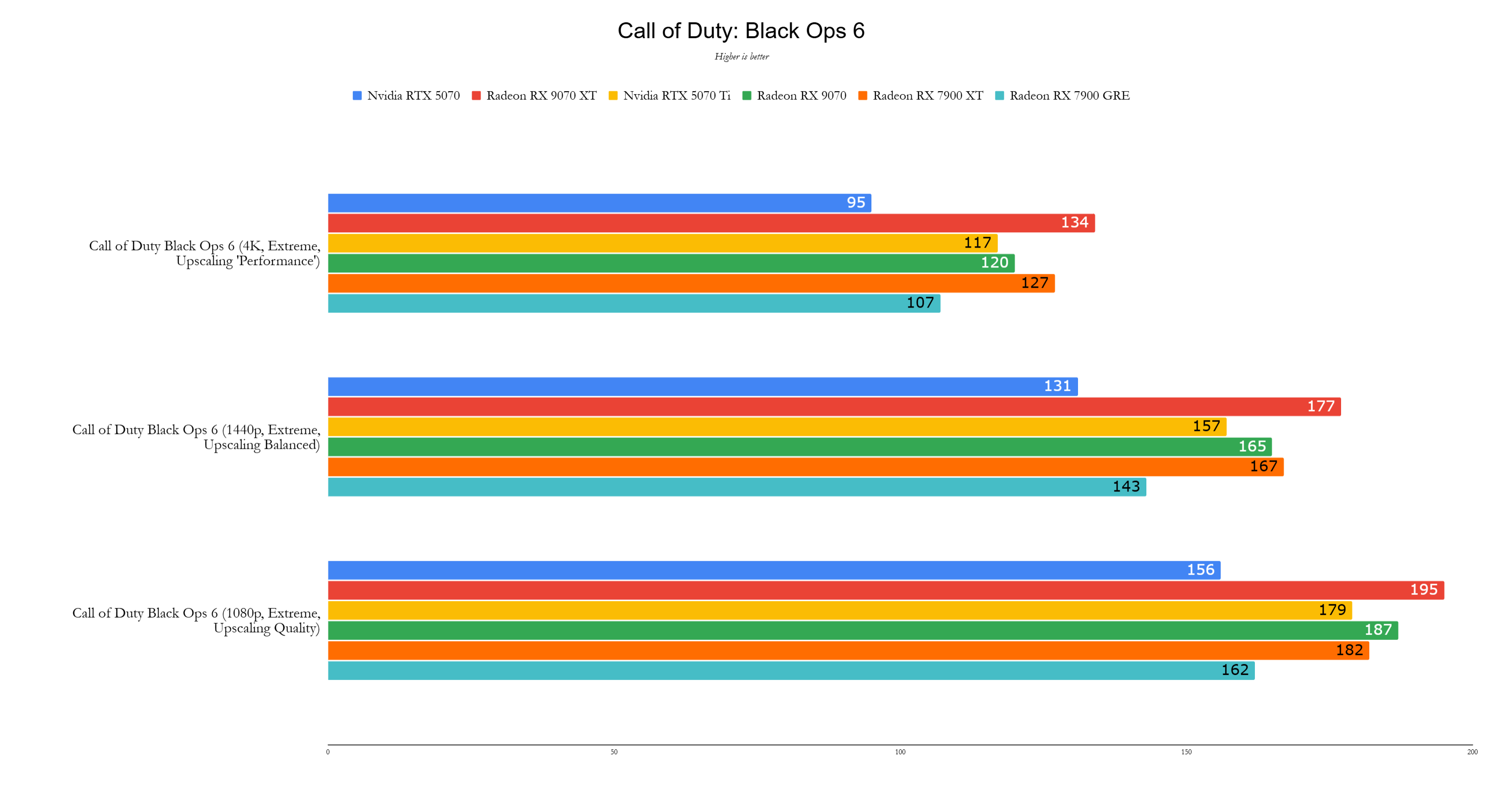

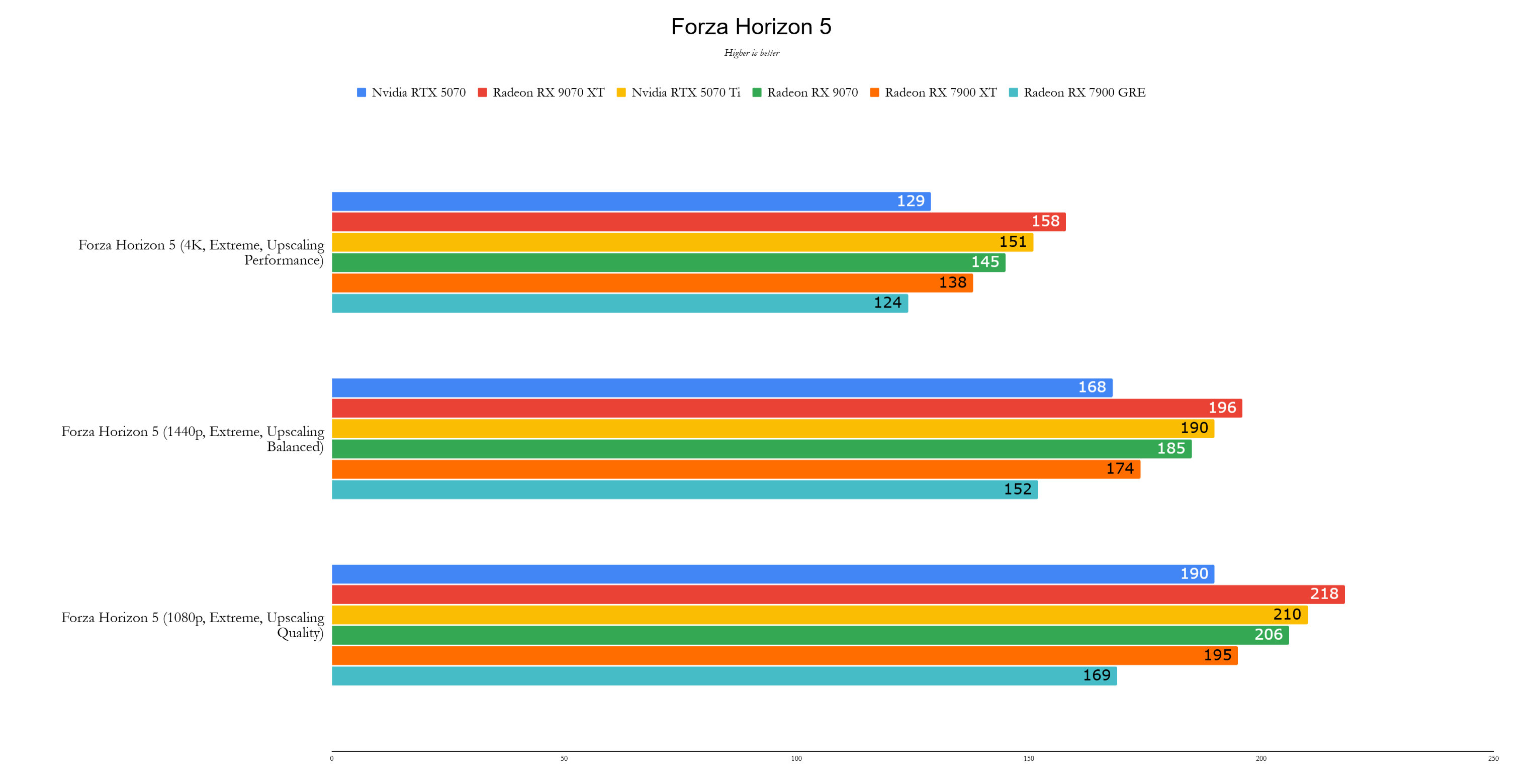
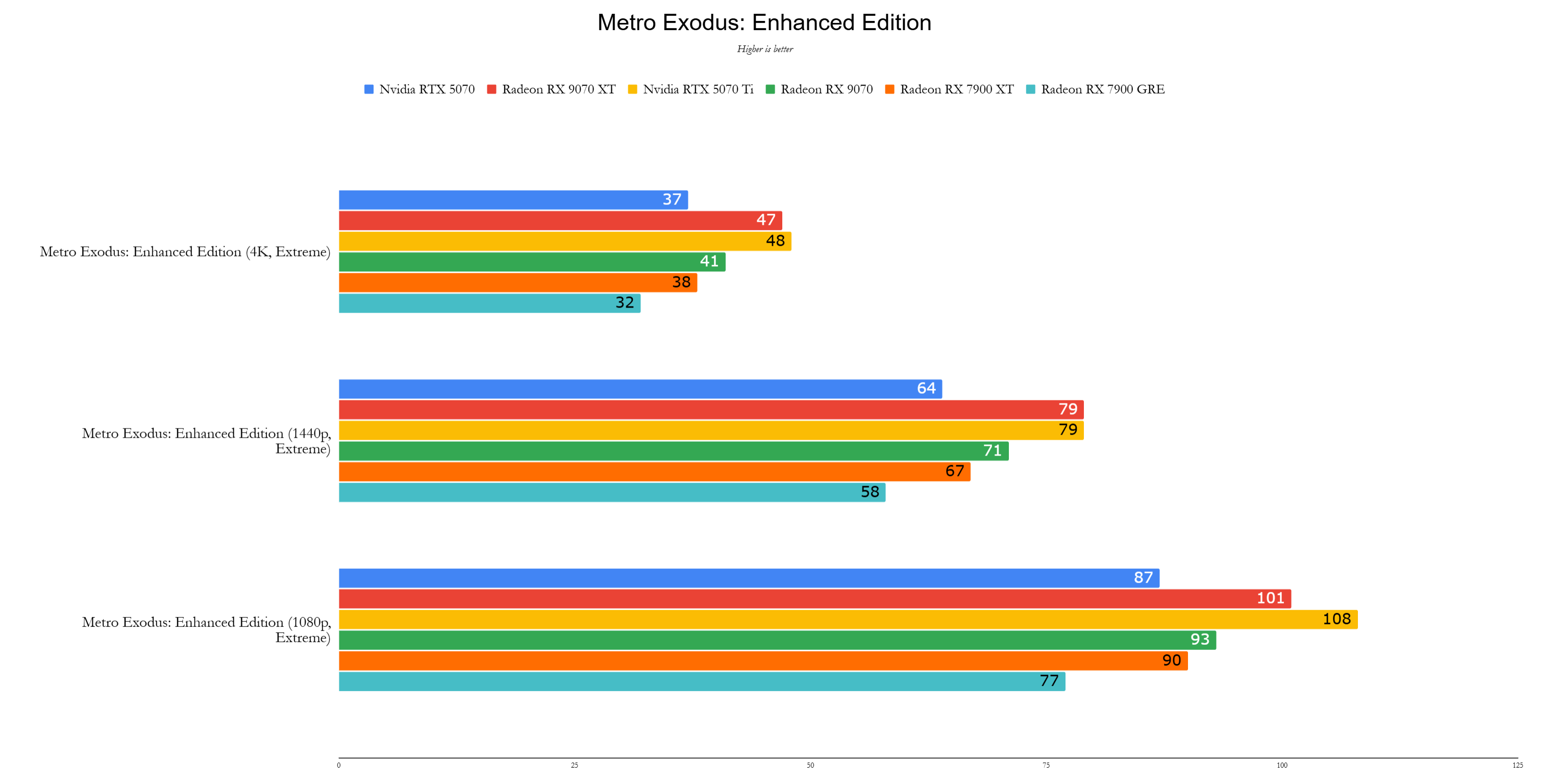
Performance
The AMD Radeon RX 9070 XT, priced at $599, is not only 21% cheaper than the Nvidia GeForce RTX 5070 Ti but also, on average, 2% faster. While there are scenarios where the RTX 5070 Ti outperforms the RX 9070 XT, the competitive performance at this price point is a significant achievement for AMD.
Across various tests, the RX 9070 XT was found to be about 17% faster than the RX 7900 XT, which launched at $899 two years ago, and 2% faster than the RTX 5070 Ti. The RX 9070 XT excels at 4K gaming, maintaining its lead even with ray tracing enabled, making it an excellent entry-level option for 4K enthusiasts.
All tests were conducted using the latest available drivers. Nvidia cards used Game Ready Driver 572.60, while AMD cards ran on Adrenalin 24.12.1, with pre-release drivers for the RX 9070 XT and RX 9070.
In 3DMark benchmarks, the RX 9070 XT outperformed the RX 7900 XT by 18% in Speed Way and by 26% in Steel Nomad, even surpassing the RTX 5070 Ti by 7% in the latter.
Test System
- CPU: AMD Ryzen 7 9800X3D
- Motherboard: Asus ROG Crosshair X870E Hero
- RAM: 32GB G.Skill Trident Z5 Neo @ 6,000MHz
- SSD: 4TB Samsung 990 Pro
- CPU Cooler: Asus ROG Ryujin III 360
In Call of Duty: Black Ops 6, the RX 9070 XT led the RTX 5070 Ti by 15%, while in Cyberpunk 2077, it trailed by just 5% despite the significant price difference. In Metro Exodus, the RX 9070 XT matched the RTX 5070 Ti's performance at 4K without upscaling.
Red Dead Redemption 2 showcased the RX 9070 XT's Vulkan performance, achieving 125 fps compared to the RTX 5070 Ti's 110 fps. However, in Total War: Warhammer 3, it fell 13% behind the RTX 5070 Ti.
In Assassin's Creed Mirage, the RX 9070 XT outpaced the RTX 5070 Ti by 12%, while in Black Myth Wukong, it led by 8%, demonstrating significant improvements in ray tracing performance over the RX 7900 XT. Forza Horizon 5 further highlighted the RX 9070 XT's competitive edge, achieving 158 fps compared to the RTX 5070 Ti's 151 fps.
Announced discreetly at CES 2025, the AMD Radeon RX 9070 XT appears to be AMD's strategic move against Nvidia's Blackwell series. At $599, it represents a return to sensible pricing in the graphics card market. While not as fast as the RTX 5080 or RTX 5090, the RX 9070 XT offers a flagship experience that feels reminiscent of the GTX 1080 Ti's launch in 2017, providing excellent value and performance for the price.
 Home
Home  Navigation
Navigation






 Latest Articles
Latest Articles










 Latest Games
Latest Games











